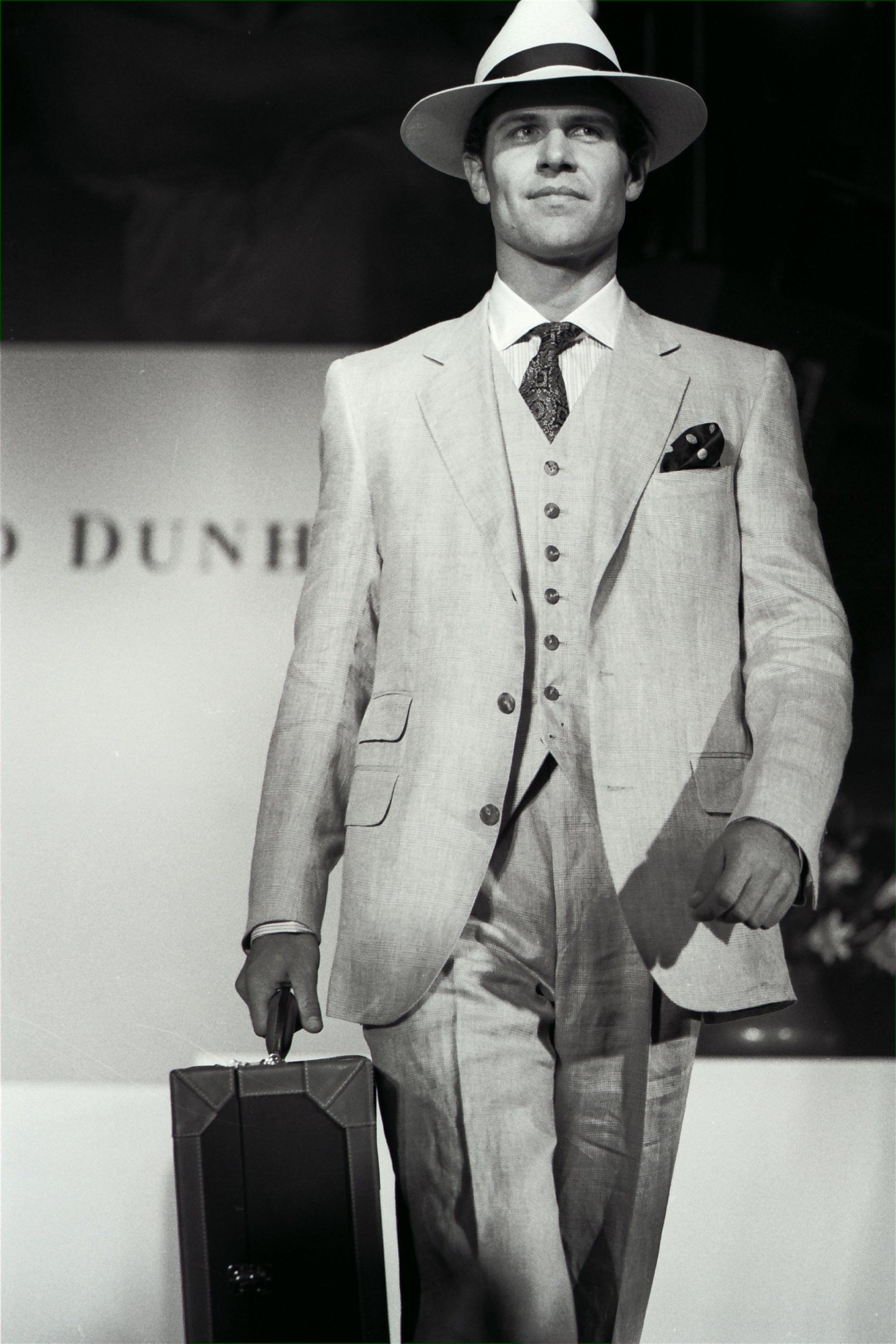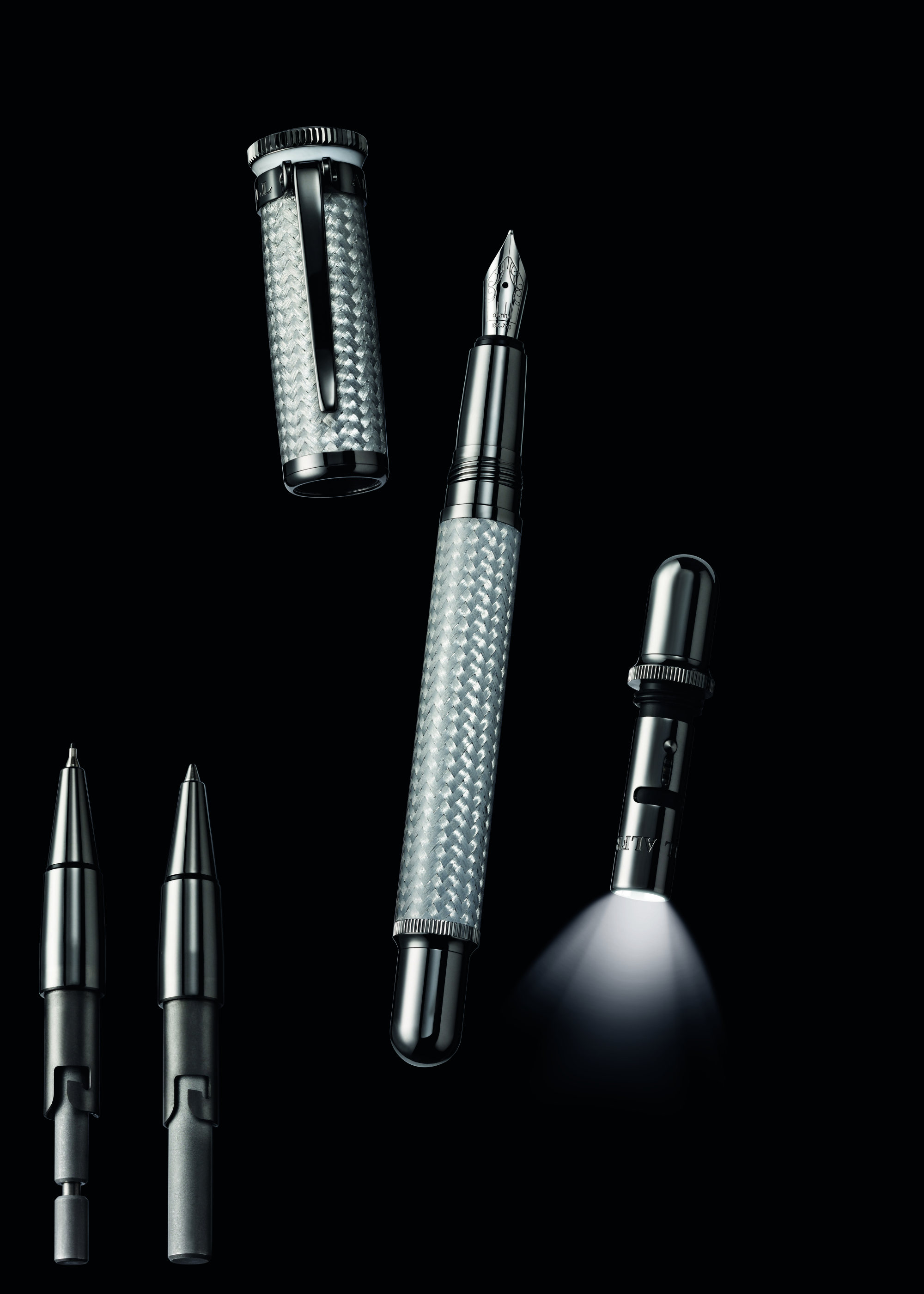Explainer / Why are Dunhill fountain pens so expensive and sought-after? How the luxury brand went from humble saddlery to gentleman’s fashion house over the centuries

The Dunhill brand was born in 1893, when young Alfred Dunhill began to suspect that horse-drawn transport would soon be replaced by automobiles, and wisely decided to transform his father’s saddlery into a supplier of motorist’s accessories.
The modernised Dunhill promised to provide “everything for the car but the motor”. Its range included necessities like speedometers and headlamps, plus inventive oddities such as a binocular/driving-goggle hybrid named the Bobbyfinder, designed to help drivers spot a policeman from almost a kilometre (half a mile) away, and a patented windproof pipe that allowed the user to puff away while behind the wheel.
Smoking-related goods became a focus and by the 1920s and 1930s, the Dunhill branding could be found on all manner of smokers’ accoutrements. One of these was dubbed the Torpedo, an elegant cigarette holder that packed away into a Bakelite case shaped like an underwater missile. In the same period, Dunhill also produced a combined mechanical pencil/cigarette holder under the Torpedo line.
The Met Gala 2022’s best and worst dressed stars, from Kim K to SJP

Writing instruments have been a key component of the product line for much of the brand’s history
Maki-e lacquering is a technique dating back centuries, in which layered pictures, patterns and letters are created with the sap from Japanese lacquer trees (known as urushi). Generally depicting classic scenes and motifs from nature and mythology, the intricate decorations are embellished with a sprinkling of gold or silver powder.
The 5 best nature-inspired jewellery pieces for spring
These exquisitely decorated writing instruments are sought-after collector’s items, with exceptional pieces selling for six-figure US dollar sums at auction. The most in-demand Dunhill-Namiki pens are those of the large “Emperor” size, which are incredibly scarce as they were only produced for a few years during the 1930s. In the book Dunhill-Namiki and Lacquer Pens, author Tomihiro Murakami states, “It is almost impossible to find this kind of pen due to the very small quantity made.”

More contemporary Dunhill pens, meanwhile, are often seen at auction and can be bought for relatively modest sums. Given their quality, they represent excellent value. Readily available models include the flat-topped Sentryman line, inspired by the shape of Britain’s iconic red letterboxes, and the Sidecar, which takes its design cues from the art deco silhouette of motorcycle sidecars from German manufacturer, Steib.

- In 1893, Alfred Dunhill transformed his dad’s saddlery into a car accessory supplier – adding smoking goods, pens and more along the way – and today’s brand was born
- Jazz Age cigarette holders inspired pens with perpetual calendars and cigar punches, while Dunhill-Namiki pens with maki-e lacquering were so limited, they were almost impossible to find